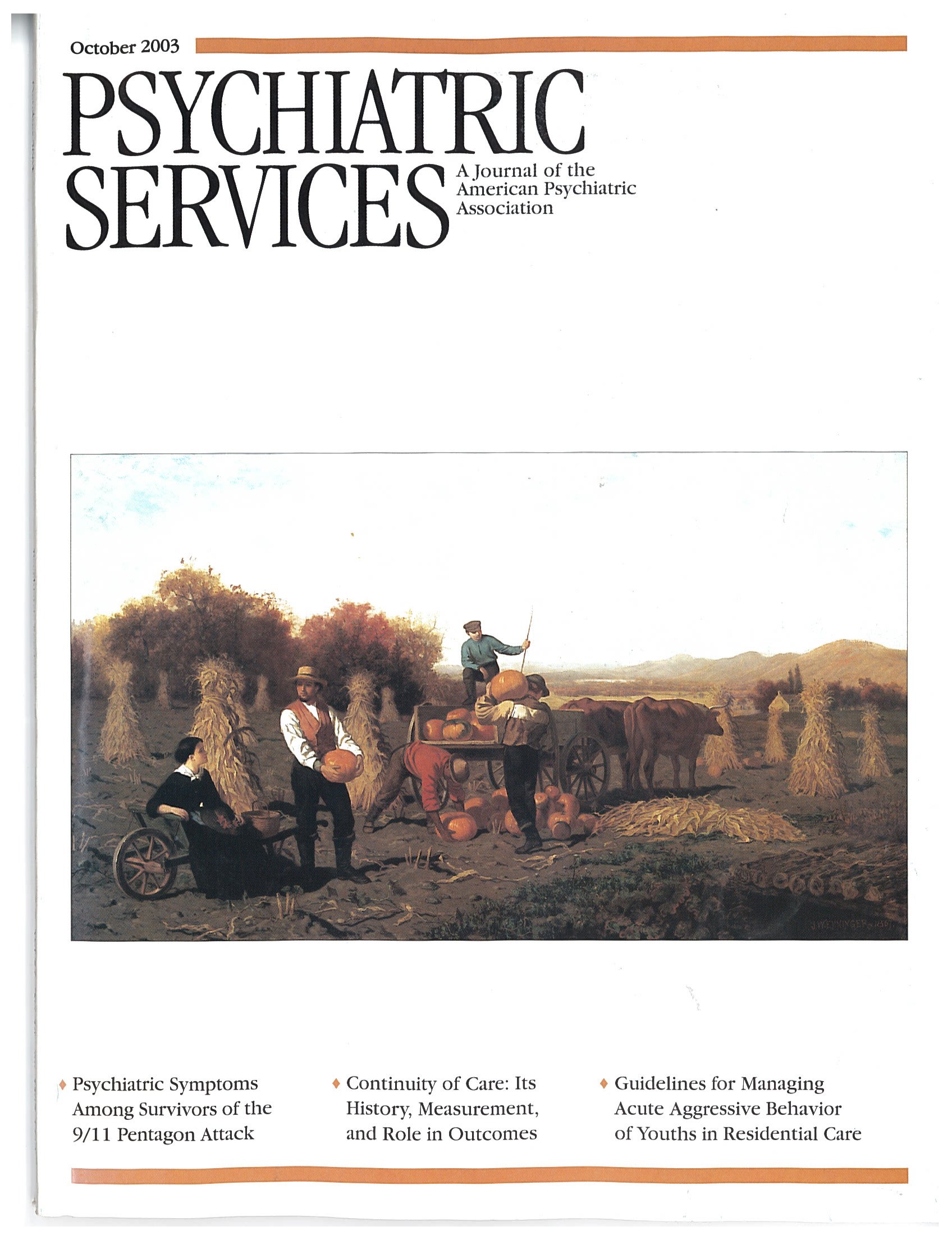Here's the latest on e-therapy, in the form of a generally excellent book edited by Robert C. Hsiung. Hsiung's introduction on the clinical potential of the Internet provides both a sophisticated overview and a synthesis of the varied chapter topics. Hsiung also contributed a chapter on suggested principles of professional ethics in e-therapy, which sets a high standard without being impractical. The guidelines provide a checklist for ensuring informed consent and maximizing confidentiality as well as a reasonable view of online therapy. None of the authors argues that e-therapy is the same as—or as good as—traditional face-to-face therapy, but all make a good case for its special gifts.
Robert S. Kennedy, editor of the psychiatric section of Medscape, discusses the information explosion in mental health, noting the structure of the Web and the various sources of data that can be found by consumers and professionals, the use of search engines, and the problems posed by so many Web sites, some of which are inaccurate. Kennedy provides enough technical data to orient the lay reader to future developments without getting bogged down in minutiae. Ronald Pies describes his experience as the online expert—"Ask the Expert"—for the Mental Health Infosource, giving examples of how to respond to questions in an educational way that helps the inquirer and does not stray into the practice of medicine.
Joel Yager provides an example of using e-mail to support outpatient treatment of six patients. Yager had seen the patients initially in Albuquerque for diagnosis, the establishment of rapport, and an initial treatment plan. Given that they lived too far away for regular visits, he followed up with them by e-mail, as well as with family members, physicians, and others. Yager demonstrates the close support that this type of communication can provide.
Sara F. Gibson, Susan Morley, and Catherine P. Romeo-Wolff describe the rural telepsychiatry program that now covers much of Arizona.
Gary S. Stofle is the most intrepid of the book's authors in giving examples of therapy sessions with individuals whom he has not met, ranging from a single session to ongoing relationships. He makes it clear that some situations require referral for closer care—in the case of one patient, to a hospital emergency department. Peter M. Yellowlees also provides many examples to illustrate his suggested clinical principles.
Nicolas P. Terry reviews the legal implications of e-therapy. However, it is likely that this book went to press before the Federation of State Licensing Board's declaration that a doctor-patient relationship cannot exist with text-only encounters (enforced in October 2002 by Illinois against mydoc.com).
The book closes with a chapter by Martha Ainsworth, "My Life as an e-Patient," which constitutes a compelling memoir as well as a history and current overview of e-therapy. Ainsworth notes the growth of e-therapy while pointing out that some early Web sites no longer exist. She has been particularly concerned with credentials of e-therapists and has set up a site for listing and verification (www.metanoia.org).

